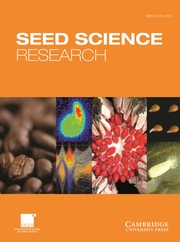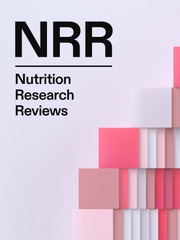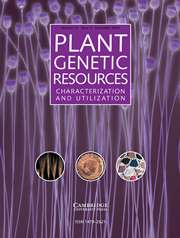Lignans
Lignans are widely occurring plant compounds and are closely related to lignin, which forms the woody component of trees and other plants. The lignans are characterized by their dimeric composition from cinnamic acids, and they are attracting increasing attention as a result of their pharmacological properties. The volume surveys the chemical, biological and clinical properties of lignans as well as providing information on their isolation, purification, identification and chemical synthesis. The volume also explores fully the potential use of these compounds as antiviral and antitumour agents, and thus provides a wide-ranging survey of their pharmacology and chemistry. The text is fully documented and referenced and provides the only up-to-date compilation on this subject. The volume is suitable for research scientists in the fields of organic chemistry, biochemistry, oncology, pharmacology, toxicology and botany.
Product details
December 1990Hardback
9780521304214
424 pages
236 × 160 × 26 mm
0.71kg
Available
Table of Contents
- Preface
- Glossary
- 1. Introduction
- 2. A registry of the natural lignans
- 3. Biological and clinical properties of lignans
- 4. Etoposide and teniposide
- 5. Isolation, purification and initial characterisation
- 6. Determination of structure
- 7. Biosynthesis
- 8. Synthesis
- References.










